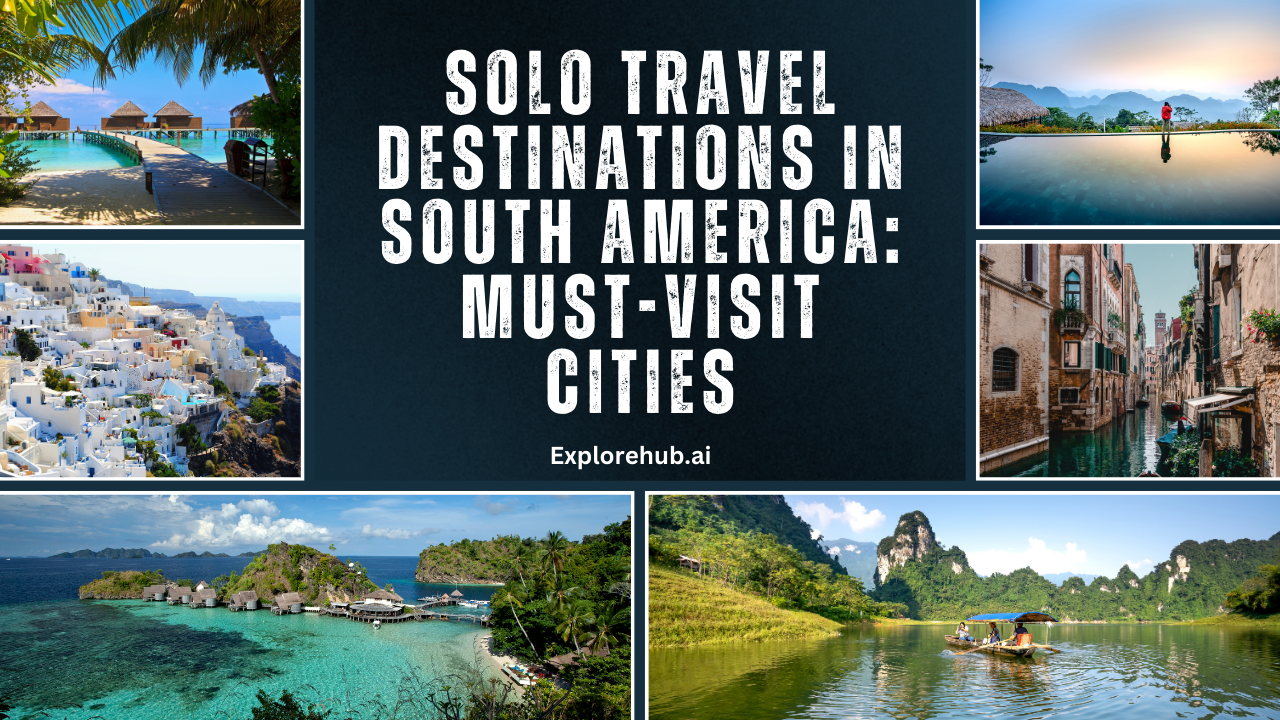Exploring new horizons alone can be one of life’s most rewarding adventures. If South America isn’t already on your solo travel radar, it should be. This vibrant continent offers a mix of cultural richness, stunning landscapes, and welcoming locals, making it perfect for lone adventurers.
Table of Contents
Why South America Is a Solo Traveler’s Paradise
South America is bursting with experiences that cater to every kind of traveler. From bustling metropolises to serene mountain villages, the continent is a mosaic of unforgettable destinations. Plus, the friendly locals and growing tourism infrastructure make it accessible even for first-time solo explorers.
Key Considerations for Solo Travel
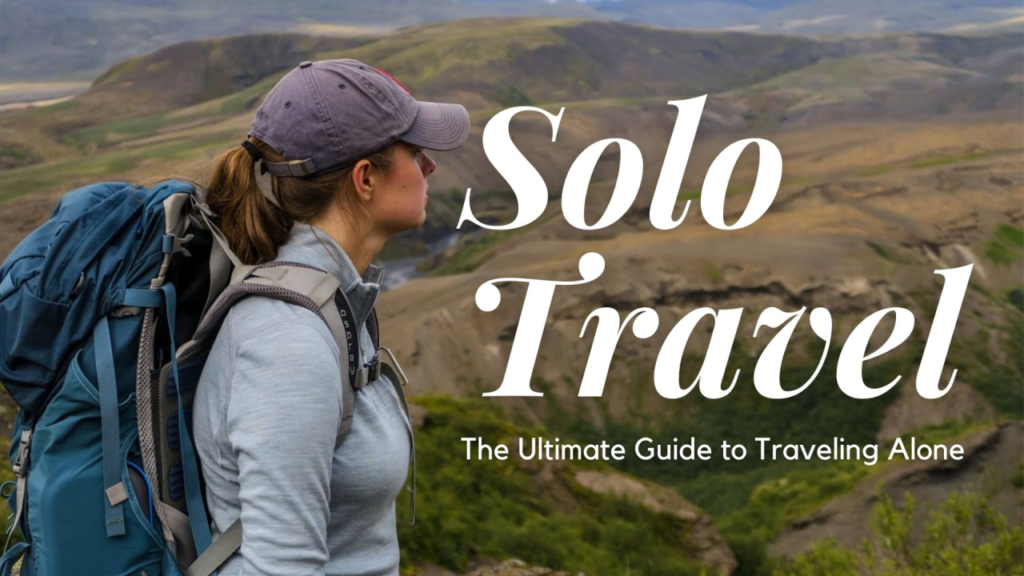
Safety Tips for Solo Travelers
- Stay aware of your surroundings.
- Keep copies of important documents.
- Use registered transportation services.
Best Times to Visit
The ideal travel season varies by region. Aim for the dry season when exploring areas like the Andes, typically from May to September. Coastal cities are perfect year-round!
Must-Visit Cities in South America
Buenos Aires, Argentina
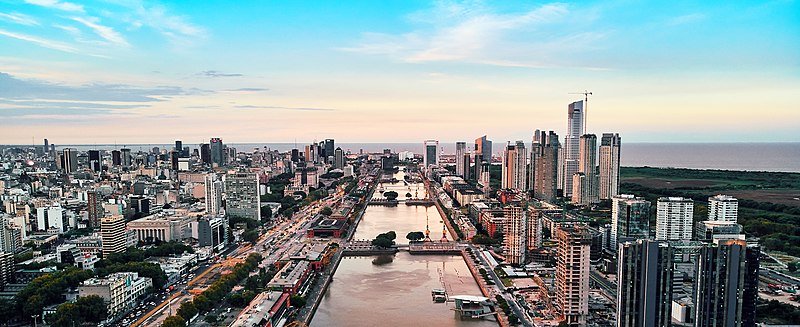
Known as the “Paris of South America,” Buenos Aires combines European charm with Latin energy. Explore the vibrant tango scene, stroll through Recoleta Cemetery, or wander the colorful streets of La Boca.
Rio de Janeiro, Brazil
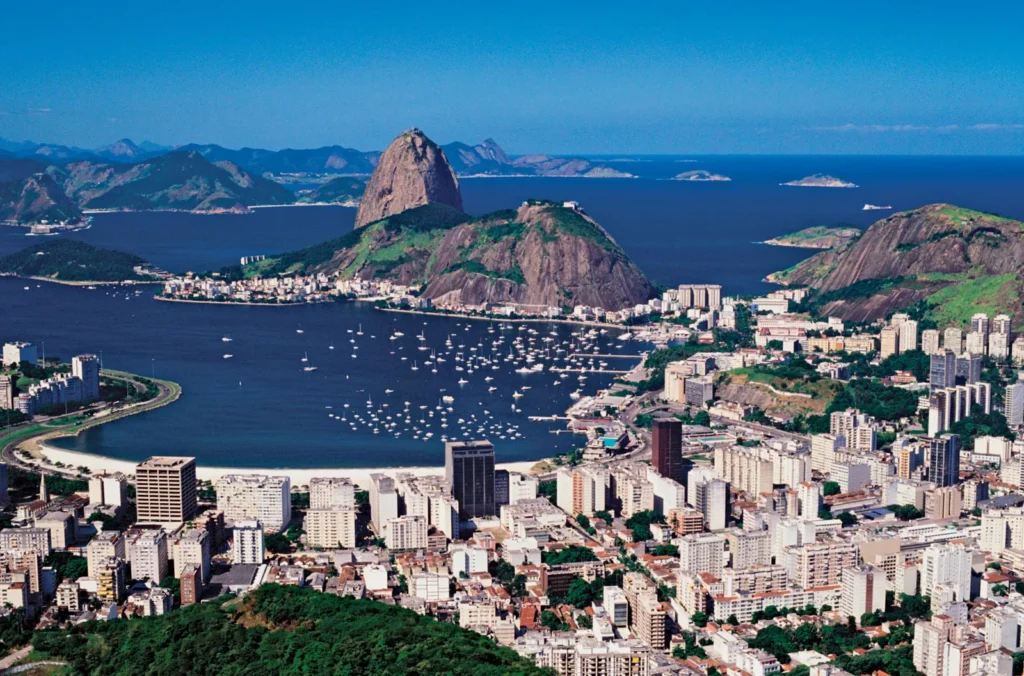
Rio est le symbole de vues à couper le souffle et des rythmes de samba. Ne manquez pas des sites emblématiques tels que le Christ Rédempteur et le Pain de Sucre. Détendez-vous sur la plage de Copacabana ou partez en randonnée dans le parc national de Tijuca.
Cusco, Peru
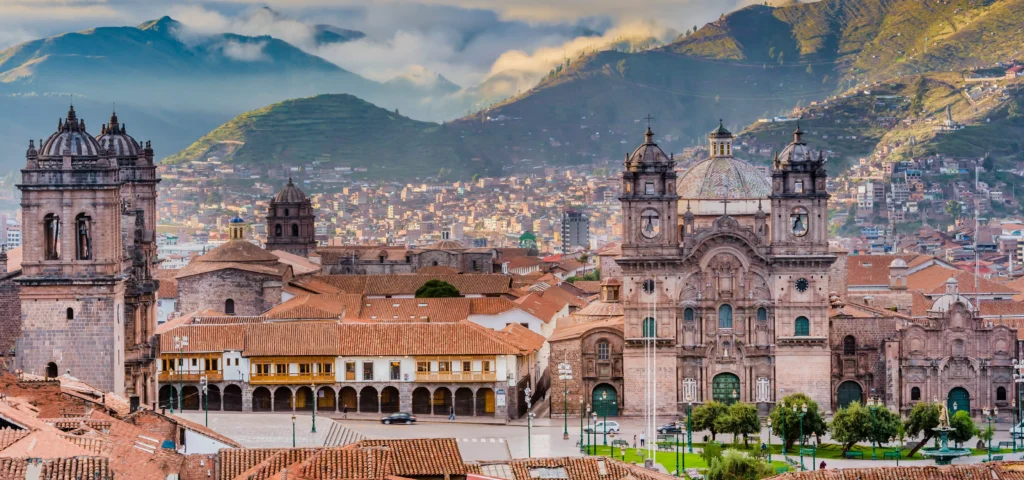
Once the heart of the Inca Empire, Cusco is the gateway to Machu Picchu. Explore the city’s cobblestone streets, visit the Sacred Valley, and immerse yourself in ancient Andean traditions.
Bogotá, Colombia
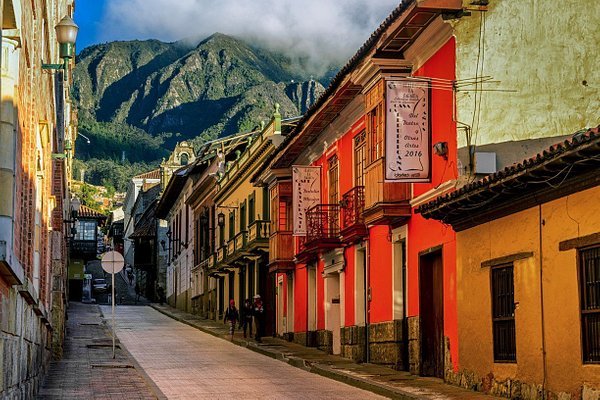
Bogotá’s rich cultural offerings will captivate you. From the Gold Museum’s dazzling artifacts to the stunning views atop Monserrate, the city is a mix of history and modern vibrancy.
Santiago, Chile
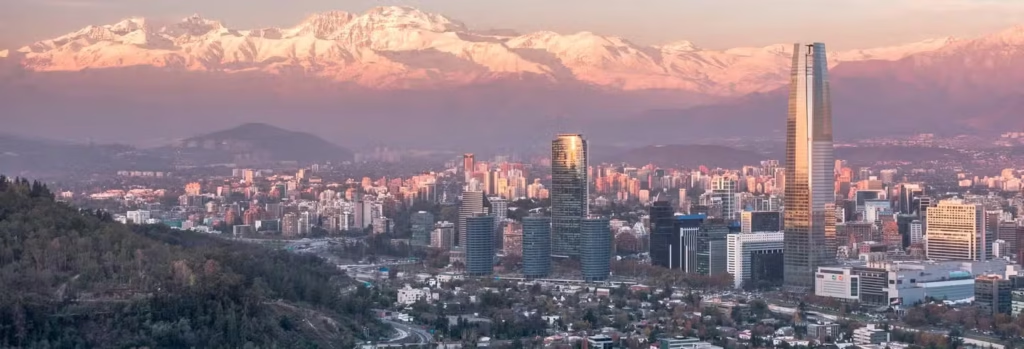
Framed by the Andes, Santiago offers urban sophistication with a backdrop of natural beauty. Sample world-class wines, visit the historic Plaza de Armas, or take a day trip to the nearby Maipo Valley.
Cartagena, Colombia
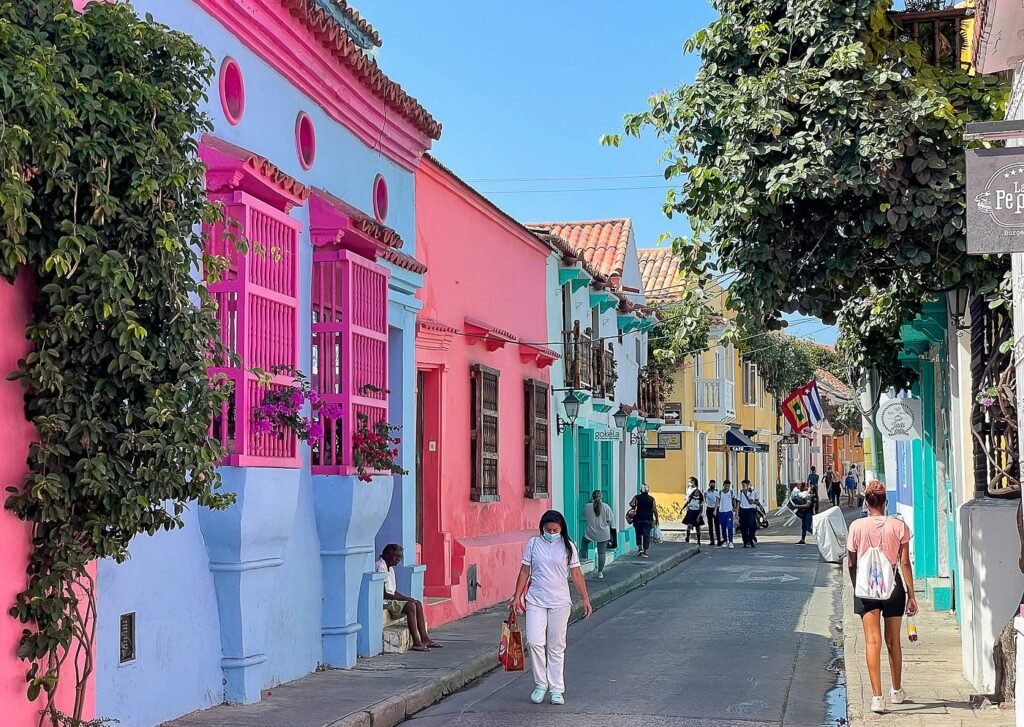
This Caribbean gem enchants visitors with its colonial architecture and vibrant nightlife. Wander the cobblestone streets of the walled city and unwind on the pristine beaches nearby.
Quito, Ecuador
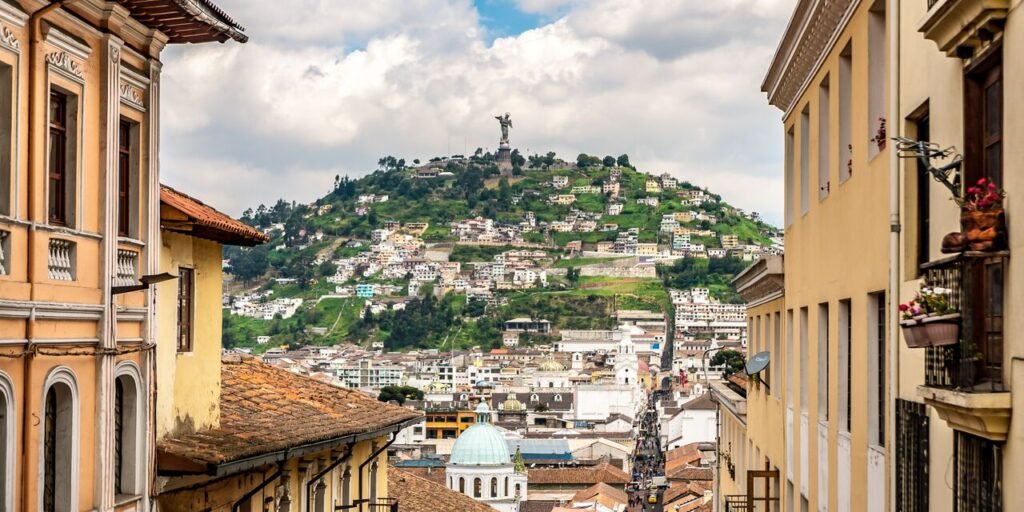
Sitting at the heart of the Andes, Quito boasts stunning colonial architecture and easy access to the equator. Visit the Mitad del Mundo monument and explore the vibrant markets.
Montevideo, Uruguay
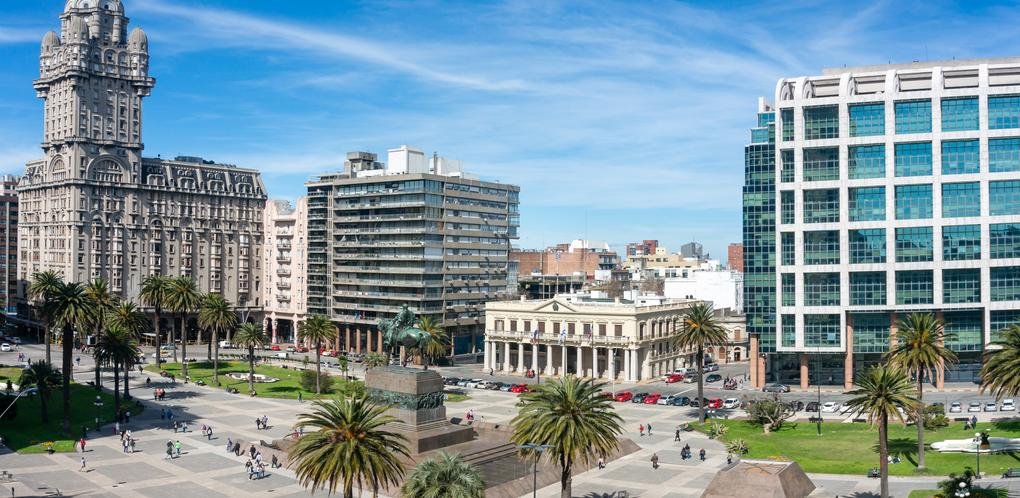
Montevideo offers a laid-back vibe, perfect for solo travelers seeking a slower pace. Enjoy art deco landmarks, local markets, and seaside rambles along the Rambla.
Unique Experiences in South America
Food and Culinary Adventures
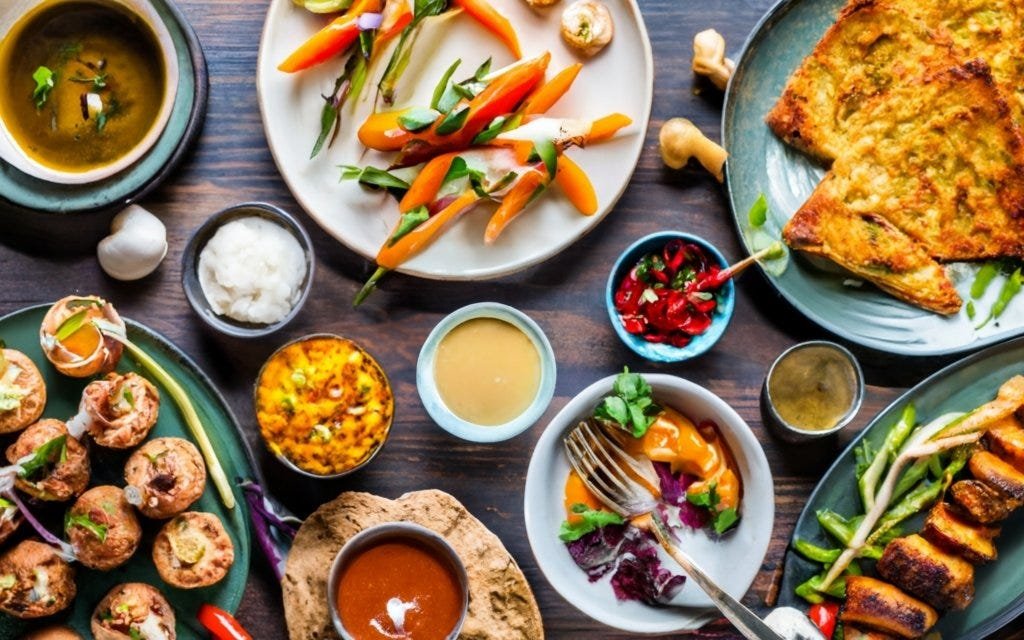
From Peruvian ceviche to Argentine steaks, South America’s cuisine is a journey in itself.
Local Festivals
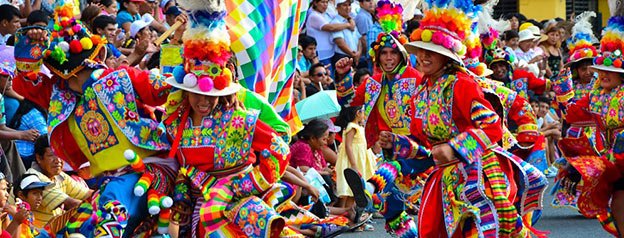
Celebrate Carnaval in Brazil or Inti Raymi in Peru for unforgettable cultural experiences.
Adventure Activities
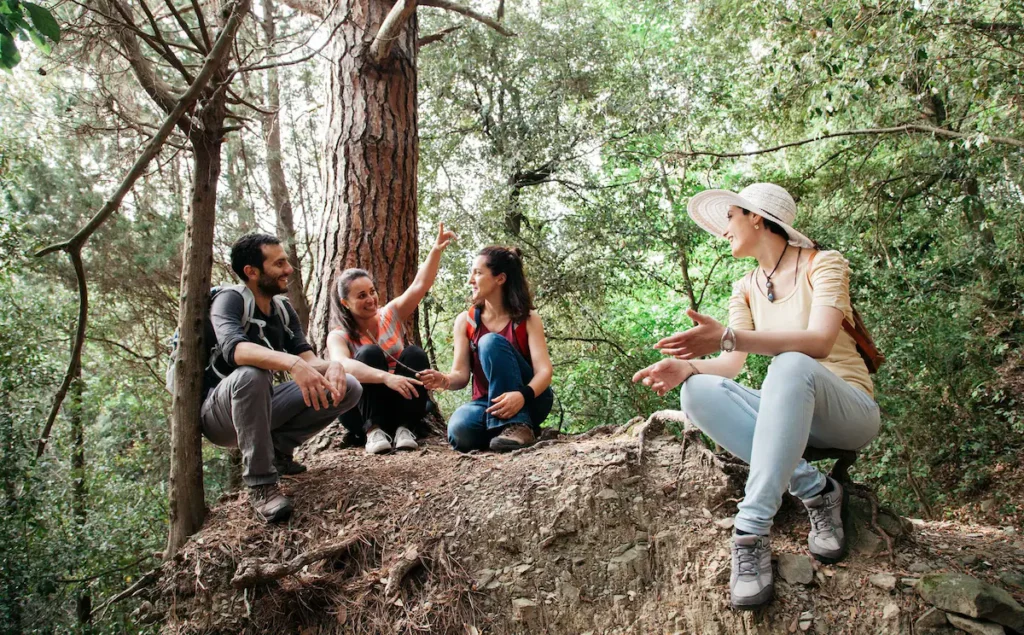
Try sandboarding in Peru, hiking Patagonia’s trails, or diving in Colombia’s San Andrés.
Solo Travel Tips for South America
- Connecting with Travelers: Hostels and group tours are great ways to meet like-minded explorers.
- Budget-Friendly Travel Hacks: Use local buses and eat at market stalls for authentic, affordable experiences.
Also Visit:
Ultimate Guide to Solo Travel Destinations in South America
Top 10 Solo Travel Destinations in South America for Adventurers
Navigating Southeast Asia: Budget Travel Tips for First-Time Travelers
Experience Luxury on a Budget Travel Tips for Southeast Asia
Budget Travel Tips for Southeast Asia: Navigating Public Transport
Conclusion
Embarking on a solo adventure in South America is a decision you’ll never regret. Each city offers its own flavor of excitement and discovery, ensuring a journey filled with unforgettable memories.

